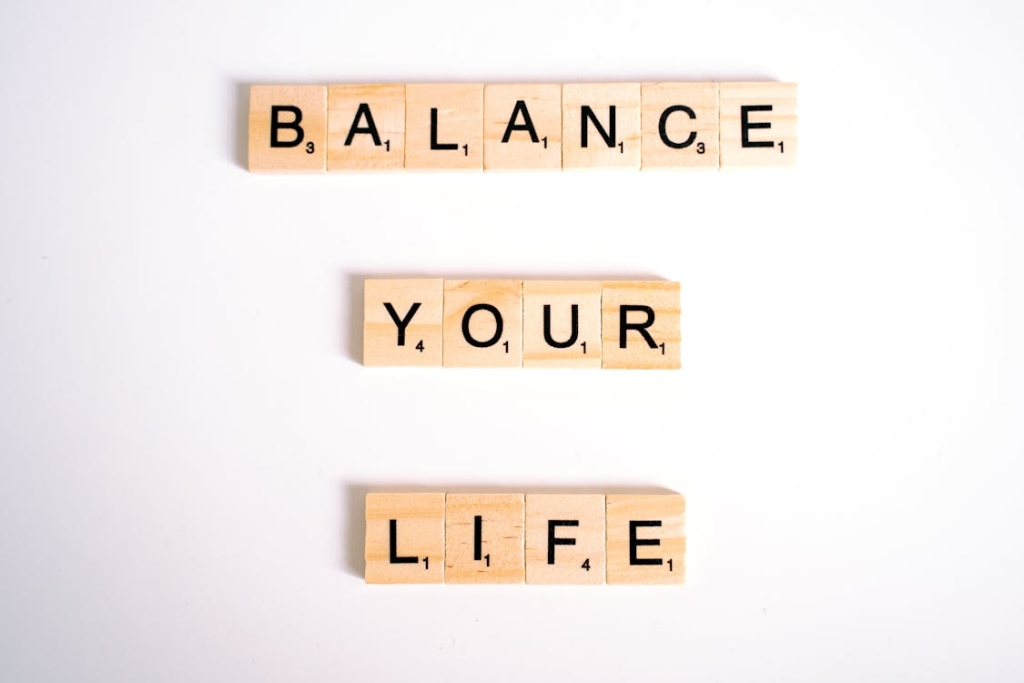By: Naazi Morad

There are wounds the body carries that the soul cannot name. A scratch, a pull, a ritual repeated until the skin breaks—not out of malice, but out of longing. These acts often live in silence, misunderstood and misdiagnosed. This is the story of trichotillomania, and of those who live it quietly.
What Is Trichotillomania?
Trichotillomania is a mental health condition where individuals feel an irresistible urge to pull out their own hair, often from the scalp, eyebrows, or eyelashes. It’s part of a group of behaviors known as Body-Focused Repetitive Behaviors (BFRBs), which also include skin picking and nail biting.
For some, the act is automatic, done without awareness. For others, it’s intentional, a way to relieve tension or emotional overwhelm. The result is often bald patches, bleeding skin, and a deep sense of shame. But trichotillomania is not a character flaw. It’s a neurobiological condition, shaped by the brain’s reward and habit circuits. It’s a form of emotional regulation—an attempt to soothe what words cannot.

The Hidden Struggles
I’ve seen this up close. A friend who scratches until she bleeds, her body marked by wounds no doctor can explain. She is secretive, stressed, and quietly unraveling. Her hair falls in clumps, pulled without awareness. And yet, she smiles. She functions. She hides.
There are many like her, people who carry their pain in rituals. People who feel relief after cutting, scratching, or pulling. Not because they want to hurt themselves, but because they don’t know how else to feel.
These behaviors are often misunderstood. They’re dismissed as attention-seeking, self-destructive, or simply “bad habits.” But they are none of these. They are coping mechanisms, born from emotional intensity and unmet needs.
Why It Happens
Trichotillomania is linked to:
– Dysregulation in the brain’s reward system
– Elevated dopamine levels, which reinforce repetitive actions
– Stress, trauma, and anxiety, which trigger the behavior
– Shame and secrecy, which deepen the cycle
It often begins in adolescence but can persist into adulthood. Women are more frequently affected, though anyone can experience it
Pathways to Healing
Healing is possible and it begins with understanding.
Evidence-Based Therapies:
Habit Reversal Training (HRT): Teaches awareness and replacement strategies. Cognitive Behavioral Therapy (CBT): Helps reframe thoughts and develop coping tools. Acceptance and Commitment Therapy (ACT): Encourages acceptance of urges without acting on them.
Supportive Tools:
N-acetylcysteine (NAC): A supplement that may reduce compulsive urges. Mindfulness and grounding rituals: Help reconnect with the body. -Creative expression: Art, journaling, and symbolic acts offer emotional release.
Community and Compassion:
Support groups reduce isolation. – Gentle education fosters empathy. Rituals of care, like applying balm to scratched skin, can become acts of reclamation.
A Call to Empathy
If you see someone scratching, pulling, hiding; don’t look away. Look closer. There may be a story there, aching to be held.
Trichotillomania is not just about hair or skin. It’s about the invisible labor of emotional survival. It’s about the rituals we create when the world doesn’t offer us language for our pain.
Let us speak it now. Let us name it. Let us offer sanctuary.
“Each strand I pull is a whisper from my wounds—until I learn to listen without hurting.”
